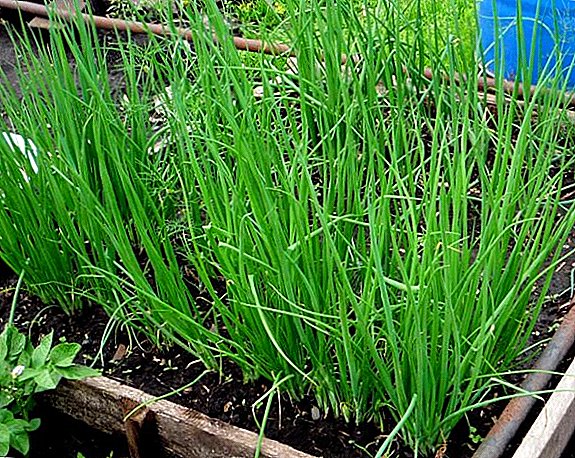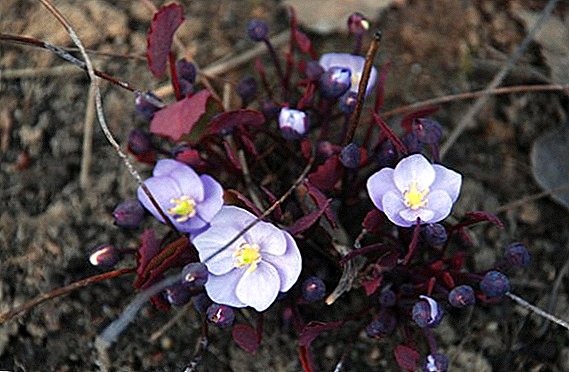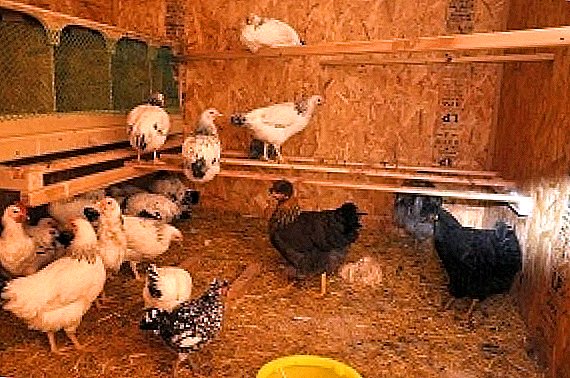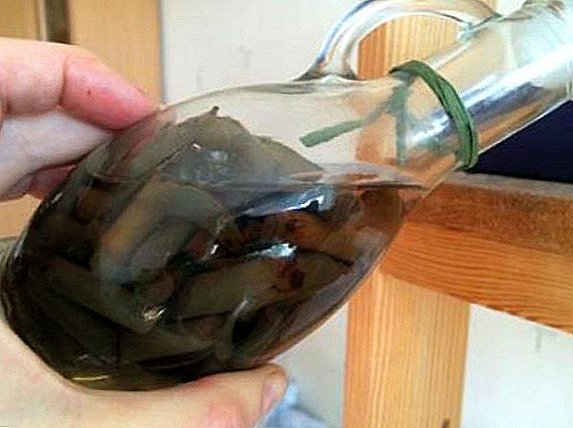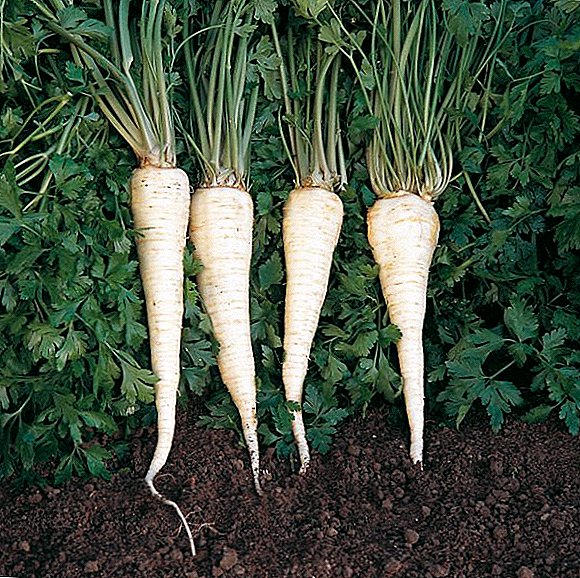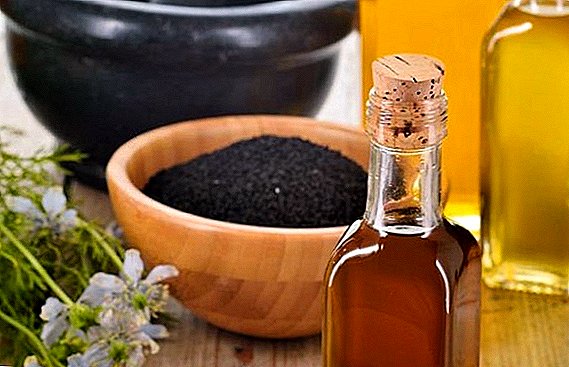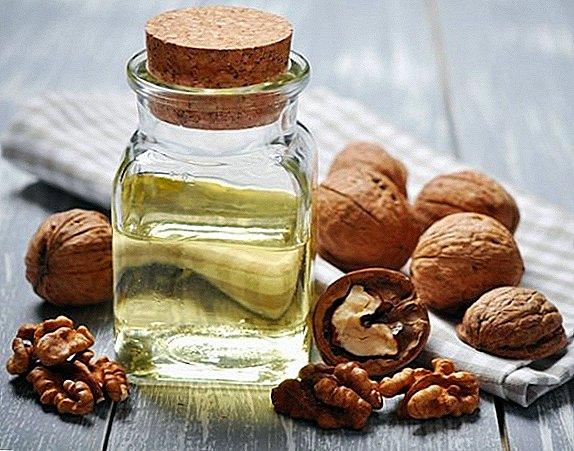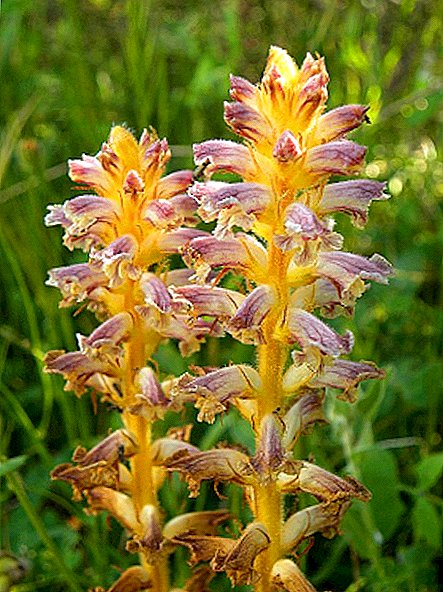 The herbaceous parasite called sunflower broomrape is probably known to many. Our country is the world leader in sunflower cultivation, and this type of parasite is, unfortunately, one of the most common. Not only large-scale agrarian enterprises, but also private gardeners who decide to grow sunflower on their beds, are facing it. This article will be useful both first and second. In it we will understand what the sunflower seed broomrape is, how to detect it, and what measures exist to combat this parasite.
The herbaceous parasite called sunflower broomrape is probably known to many. Our country is the world leader in sunflower cultivation, and this type of parasite is, unfortunately, one of the most common. Not only large-scale agrarian enterprises, but also private gardeners who decide to grow sunflower on their beds, are facing it. This article will be useful both first and second. In it we will understand what the sunflower seed broomrape is, how to detect it, and what measures exist to combat this parasite.
Sunflower seed: familiarity with the parasite
Sunflower contagion - a root parasite belonging to the broomrape family. The plant has a straight whitish stem, thickened at the base, without branches. Leaves on it in the form of scales. Blooms brown disproportionate flowers, collected in the inflorescence-spikelets. The fruit is a box containing up to 2000 small dark-brown seeds. Seeds are easily transferred by wind, water, human feet and tools.
Important! Broomrape seeds are very viable. They can maintain their ability to germinate for ten years, being in the ground and waiting for favorable conditions.
 Representing what a sunflower broomrape looks like, knowing its description, one can easily recognize this parasite in its field and take measures to combat it in time.
Representing what a sunflower broomrape looks like, knowing its description, one can easily recognize this parasite in its field and take measures to combat it in time.Causative agent
Favorable conditions for the germination of this weed are the optimum temperature of the soil - 20-25 ° C, aridity of the soil, its certain acidity, and the main causative agent for it is the release of sunflower from the root system.
Read also about the main pests of sunflower.
Development cycle
Having an idea of what is broomrape, it is not necessary to explain for a long time why it is worth fighting with. The plant is attached to the root of the sunflower, growing together with the stems, and lives entirely at its expense, sucking all the water-mineral and organic substances, in fact killing it. 
Signs of plant damage
The main sign of sunflower damage by this plant will, of course, be the very presence of broomrape shoots and flowers at the base of sunflower stems. This parasite significantly reduces the fertility of the host plant, which is another sign of infection. And if the broomrape has not yet sprouted up, but has already struck the sunflower root system, this will be evident from the withering and drying look of the latter.
Important! Sunflower broomrape blooms and bears fruit from July to September. This must be taken into account when fighting and preventing weed reproduction.
Plants at risk
This attack is dangerous not only for sunflowers. At risk are also such plants as tobacco, tomatoes, safflower, hemp and various weeds. All of them, too, are often victims of sunflower seed broomrape, but sunflower is still the best host plant for it.
Did you know? The sunflower "acquaintance" with broomrape occurred in the XIX century, when in Russia sunflower was first grown as a field crop. By the end of the century, the degree of infection with this parasite was so great that it became a threat to further sunflower sowing in our country. Later, breeders learned to display sunflower hybrids that are resistant to the disease. People called them "greens", because they mature 10-15 days later than ordinary varieties.

Measures to combat the scourge
Many are interested in the question of how to deal with broomrape. There are several ways to combat this parasite, and now we will examine each of them in more detail.
Crop rotation
This method involves alternating seeding of different crops in one field. That is, in the affected area after sunflower plant crops, invulnerable to this scourge, for 8-10 years, before it is possible to sow the sunflower again. During this time, the seeds of the parasite, which remained in the soil after the last sowing of sunflowers, lose their vitality, and the land becomes safe.
Agrotechnical receptions
Agricultural practices include the following methods:
- deep plowing of the land (with skaters);
- weeding broomrape until we begin to ripen the seeds;
- preventing the parasite's seeds from entering uninfected areas;
- soil moisture, because this type of pest loves dry land;
- deliberately stimulating the germination of as many seeds as possible from the ground by means of thickened sunflower sowing on contaminated areas. After that apply method 2 from our list. This frees the earth from more seeds.

Biological methods
There are also biological methods to combat broomrape, protecting plants from this parasite. Effective is the method of application of fly-fitomizy. Its larvae eat or at least damage weed seeds. This method reduces the number of parasite seeds in the ground.
A number of special biological products have also been developed to help combat this problem - bioherbicides. However, this method has not yet received widespread use and is inferior in popularity to its chemical counterparts - herbicides.
Read also about the protection of sunflower from diseases.
Chemical control methods
Chemical methods suggest, as already stated above, the use of various herbicides that provoke the disease and the death of sunflower seed broomrape. You can buy these drugs in specialized stores and use according to the instructions. A vivid example of an effective herbicide is the Device Ultra water soluble concentrate. It was developed by the Clearfield system and contains imazapir 15 g / l and imazamox 33 g / l. These substances act on the weed through the leaves and the root, causing its death. The same system has developed another, equally effective herbicide, Euro-Lighting. It contains the same substances of the imidazolinone class as "Device Ultra", and for many years it has been successfully fighting broomrape and other weeds, ensuring a good harvest of sunflower. 
Resistant hybrids
However, the most successful method is sowing sunflower seeds resistant to broomrape.
Many immune varieties of sunflower and other crops that are invulnerable to this parasite have long been developed. This is a very popular and convenient way, the only disadvantage of which is the high cost of seed. For example, a hybrid of sunflower "Pioneer" is very popular in Europe for its resistance to broomrape and good yield under any conditions of germination. Sunflower hybrids "Syngenta" are also distinguished by a high level of yield and invulnerability to parasitic plants. Hybrid "Tunka" has earned the recognition of agricultural workers for resistance to broomrape AE, cold weather, drought and any cultivation technology. Hybrid "Jason" has a separate advantage - the genetic ability to reject weeds and parasites. The hybrid "Forward", besides its resistance to broomrape, also has immunity to such diseases as fomoz, sclerotinia, basket and stem rot, powdery mildew.
Did you know? Sunflower contagion is not only a parasite and an enemy, it also happens and is useful to people. For example, such diseases as cystitis, diarrhea, toothache, colitis, edema, migraines, insomnia are treated with infusions and decoctions of this plant. And in some deserts of the temperate belt, travelers really appreciate this plant because you can find up to one and a half liters of clean drinking water in its hollow, underground stem.In our article, we familiarized ourselves with such a plant as sunflower broomrape, learned about how it looks, how dangerous it is, and how to get rid of it. Weeds and parasites are an integral part of agriculture, the main thing is to know how to find them in time and how to neutralize them.


